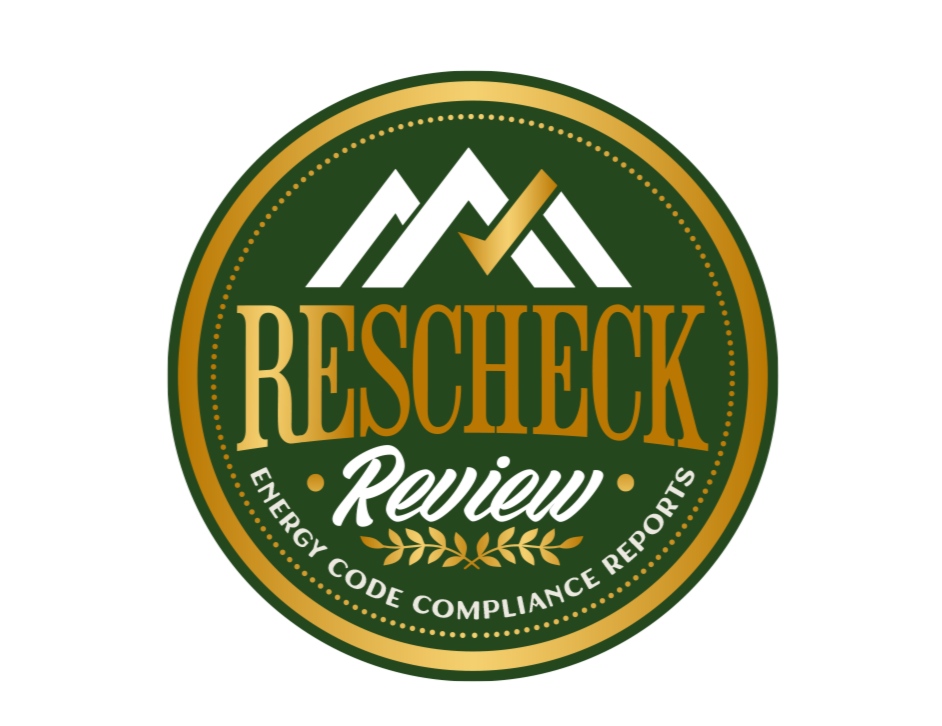Understanding the ResCheck Review Process: Step-by-Step Guide
When it comes to meeting building energy code requirements, one tool that building professionals often use is ResCheck. It is a software developed by the U.S. Department of Energy, which helps determine if a building’s design complies with the energy code in terms of insulation, fenestration, and mechanical system efficiency. To ensure accuracy, the ResCheck review process goes through several steps. In this article, we will provide a step-by-step guide to help you understand this process.
Step 1: Gather Information
Before beginning the ResCheck review process, it is crucial to collect all the necessary information about the building’s design. This includes completing a Manual J calculation, which determines the load requirements for heating and cooling systems within the building.
Manual J calculations are essential for accurate ResCheck results. By assessing factors such as insulation, infiltration rates, window types, and orientation, a Manual J calculation provides specific data on the heating and cooling loads that the building will experience.
Step 2: Entering Design Information
Once you have a Manual J calculation ready, the next step in the ResCheck review process is to enter the design data into the software. This includes details like square footage, window areas, insulation levels, and HVAC equipment efficiency ratings. By providing accurate data, you can obtain precise results.
Step 3: Review Results and Identify Non-Compliance
After entering all the design information, ResCheck will generate a compliance report. This report highlights any areas of non-compliance with the energy code. It will identify which components, such as insulation or fenestration, need adjustments to meet the requirements.
Step 4: Make Necessary Adjustments
Once you identify the areas of non-compliance in the ResCheck report, it’s time to make the necessary adjustments to comply with the code. This may involve increasing insulation levels, replacing windows with more energy-efficient ones, or modifying the HVAC system.
Step 5: Re-Run the ResCheck Analysis
After making the required adjustments, it is important to re-run the ResCheck analysis to ensure that the changes have brought the building into compliance. By repeating the process, you can verify that the modifications made have sufficiently improved the energy efficiency of the design.
Step 6: Obtain Final Compliance Report
Upon re-running the analysis, ResCheck will generate a final compliance report. This report will indicate whether the revised design meets the energy code requirements. If it does, congratulations! Your design complies with the code. If not, you may need to make further adjustments and re-run the analysis until compliance is achieved.
In conclusion, understanding the ResCheck review process is essential for professionals who aim to meet energy code requirements. By following a step-by-step guide and utilizing tools like Manual J calculations, you can ensure accurate results and make the necessary adjustments to achieve compliance. Remember, compliance with energy codes not only reduces energy consumption and utility costs but also contributes to a more sustainable and environmentally friendly built environment.
************
Want to get more details?
REScheck Review
https://www.rescheckreview.com/
(800) 671-1895 ext 702
We provide Home Builders and Home Owners across the country REScheck and Manual J Energy Compliance reports for new homes or home additions.


